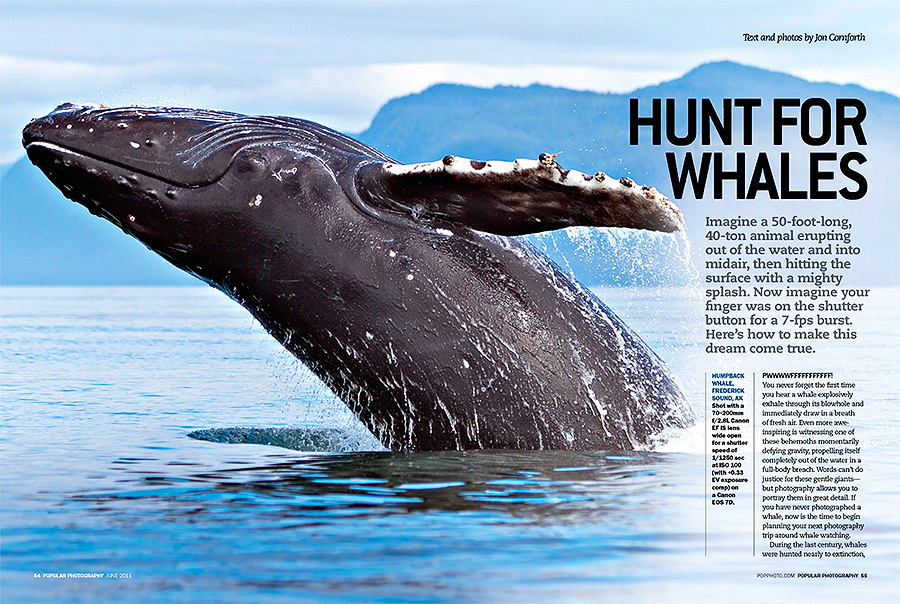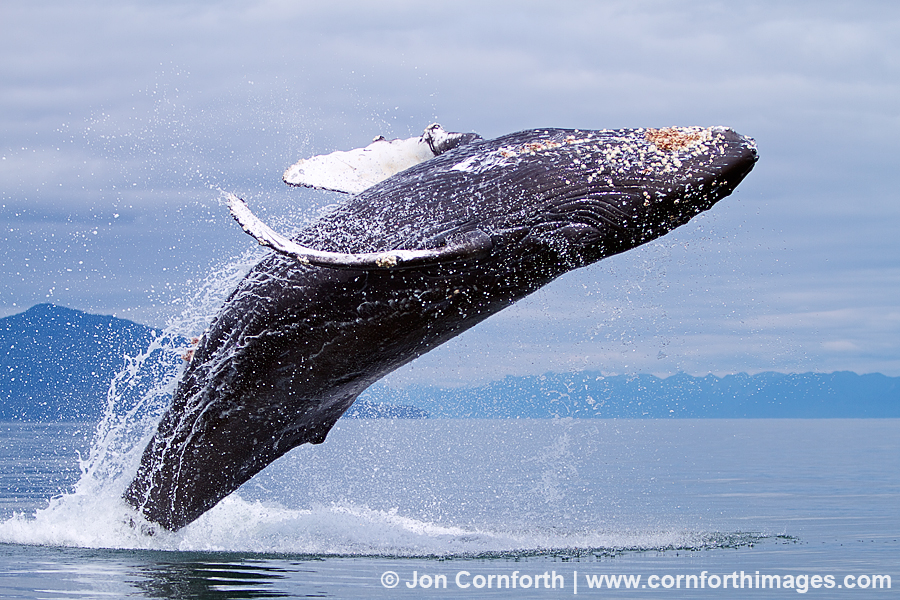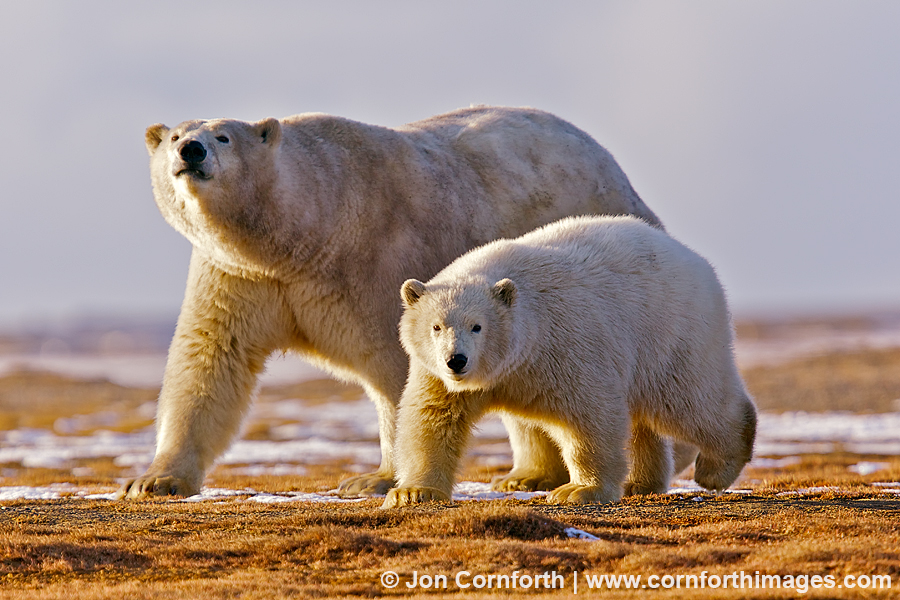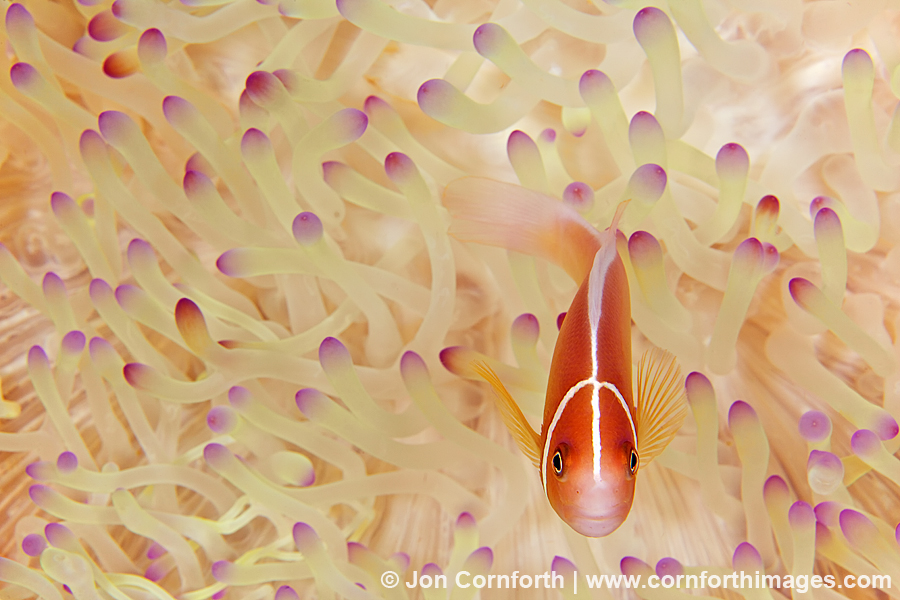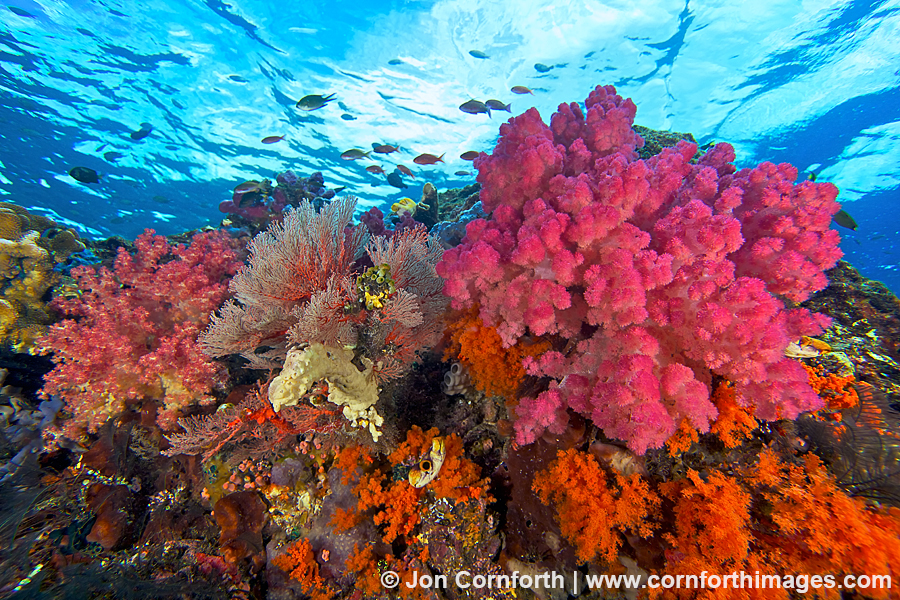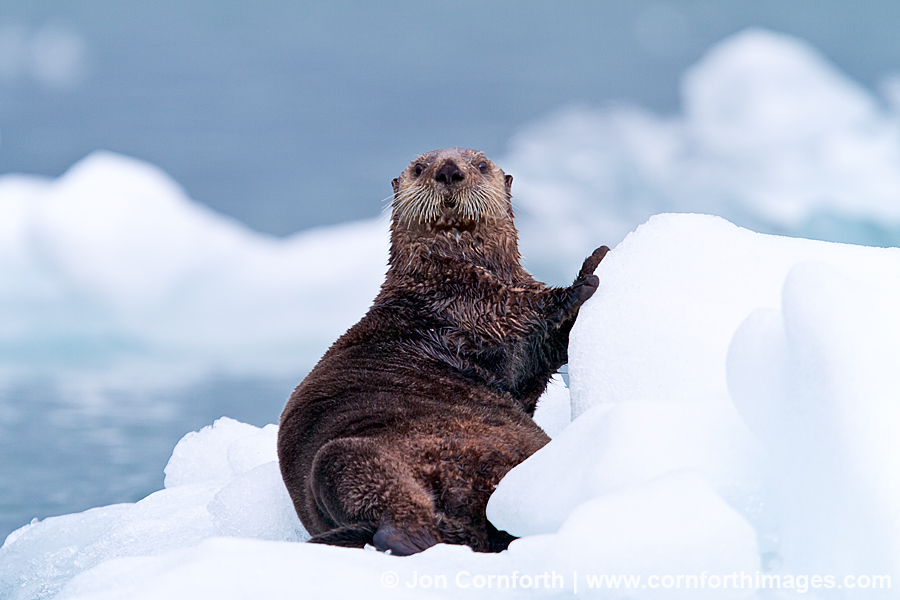
Columbia Glacier Sea Otter 1
Posted onI have spent a lot of time photographing sea otters in Alaska and California. Most of the time they are quite skittish, if not outright impossible to photograph. However, they can be adorable when they allow me to get close enough to take their picture. One of the unique things about the sea otters of Prince William Sound is that they frequently haul out to rest on the icebergs calved off of the tidewater glaciers. I had never seen this behavior before, so I was excited to have the opportunity to photograph them resting on the ice during my visit to the Columbia Glacier. Even while using my big lens, I still need to get pretty close to create an image. Most of the time they see me coming in my inflatable from 1/4 mile away and dive. I was getting sick of sea otters after many days of this type of frustration. Fortunately, my effort finally paid off when I photographed this large male who was more concerned about his nap than my inflatable with 3 photographers approaching him. When he finally sat up to take a look at us, not only did he look straight into my lens, but I also like how he placed his paws on the ice. I created this image by hand-holding my Canon 7D and 400mm f4 DO IS lens while also carefully navigating my 12′ inflatable through the ice. This image is a single-exposure which was slightly cropped and required minimal processing using Aperture 3 and Photoshop CS5.



